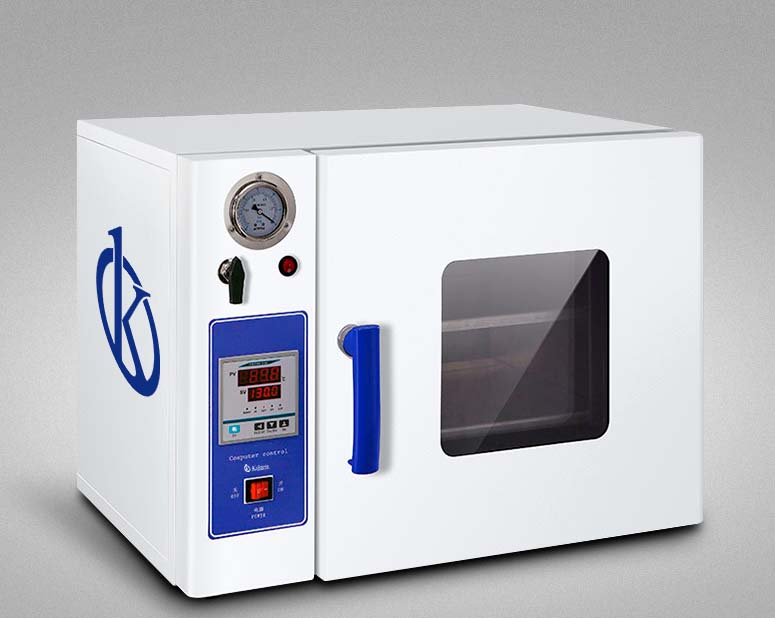The dryer is a piece of equipment used to dry and sterilize glass and metal containers in the laboratory. It is also known as a drying oven. Manufacturers have essentially developed two types of Oven: those that operate by natural convection and those that operate by forced convection. Ovens generally operate between room temperature and 350°C.
What is the purpose of the oven?
The dryer is used to sterilize or dry glass and metal used in examinations or tests, which are carried out by the laboratory and come from the washing section, where they are sent after being used in a procedure. The sterilization that is carried out in the Oven is called dry heat and is carried out at 180°C for 2 hours; the glassware, being heated in air at high temperature, absorbs moisture and eliminates the possibility of any biological activity being maintained due to the high temperatures and times used.
How should you react to an ordinary accident?
In the event of computer failure
- Immediately remove the material from the oven.
- Notify the laboratory manager of the situation so that the necessary steps can be taken to remedy the situation.
If the material inside the oven ruptures
- Notify the laboratory manager.
- Switch off computer.
- Allow oven to cool before handling material inside.
- Cleaning personnel must put in place the necessary personal protective equipment before starting cleaning.
- Carefully open the oven and remove any material in good condition.
- Clean up any remaining material.
If there is a risk of high temperatures
In the event of high-temperature work, the necessary personal protective equipment must be used (e.g. gloves for high-temperature hazards).
Other hazards
- Associated with the use of electrical appliances (see electrical appliances protocol): electrocution by direct or indirect contact, generated by any appliance with an electrical connection. Inflammation or explosion of flammable vapors by sparks or heating of electrical equipment.
- Associated with exposure to biological samples.
To prevent these risks, we recommend that you
- Check that the device or electrical installation is in perfect condition before use.
- Remove damaged, burnt or half-bare cables, and do not touch them without insulating protection (gloves, cloths, etc.), if they are connected to power.
- Secure electrical cables by embedding, tying, insulating or covering them.
- Never touch an electrically live person without using insulating material (clothing, gloves, wood, etc.).
- Never plug in equipment that has been wet.
- Apply universal precautions and codes of practice.
- Use barrier materials such as gloves, gowns, etc.
What do you need to operate it?
Operating the oven requires a number of precautions to be taken for it to work properly. The most important are as follows:
- Do not use flammable or explosive materials or substances in the oven.
- Avoid interior spills of acidic solutions or solutions that form corrosive vapors, to prevent corrosion of interior surfaces and shelves.
- Use personal protective equipment (insulated gloves, safety glasses and tongs when placing or removing substances or components inside the drying oven).
Knowing that this equipment is one of the key elements of the laboratory, Kalstein offers you sophisticated drying ovens. That’s why we invite you to take a look at one of our models available HERE

